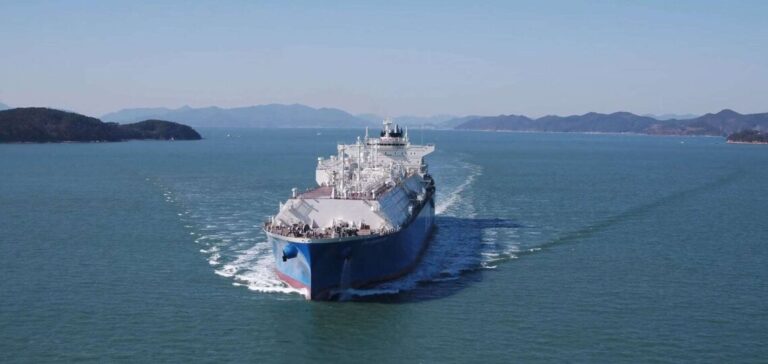LNG flows to Europe are being reconfigured as the shift away from Russian gas increases demand for gas. Large volumes previously destined for other markets, such as Asia or Latin America, are now supplying Europeans.
Reconfiguration of flows
In Europe, LNG represents an opportunity for Europeans to replace Russian gas with alternatives. Asia-Pacific, the world’s largest consuming region, is forecasting LNG demand growth of 5-10% by 2022. In addition, China is on track to import the lowest amount of LNG since 2019.
Chinese companies are increasing their regasification capacity as the outlook is for a gradual decline in European demand. U.S. exports to Europe doubled year-over-year even before the start of the fourth quarter. This underscores the flexibility of U.S.-origin LNG.
Qatar, the Europeans’ second largest partner, is increasing its exports more modestly. Its earnings are mainly intended for countries with long-term terminal capacity: United Kingdom, Belgium and Italy. Thus, the latter represent nearly 80% of Qatar’s exports to Europe.
A persistent dynamic
Access to long-term terminals plays a key role in structuring European LNG prices. Indeed, the ability to access terminals in the long term is crucial. Thus, premiums for European platforms are subject to the law of the markets.
Russia is also experiencing a concentration of its markets for different reasons. Thus, Russia is exporting more LNG in 2022 but its main buyers are absorbing a large proportion of its total exports. In addition, the higher price of LNG for European hubs will contribute to the lack of stocks in Europe in 2021.
Europe’s switch to LNG is changing global flows and the spot market. Indeed, large volumes are moving from major growth areas like China. This dynamic is expected to continue in 2023, as Europe remains dependent on LNG imports in the short term.






















